 |
 |
 |
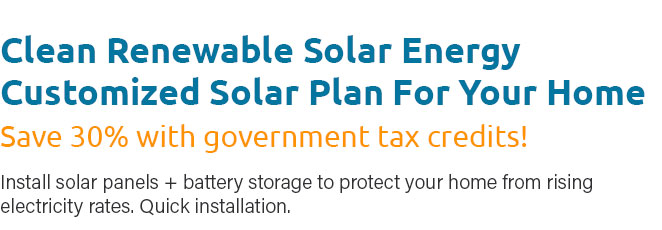 |
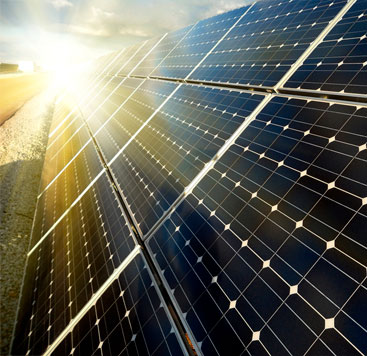 |
 |
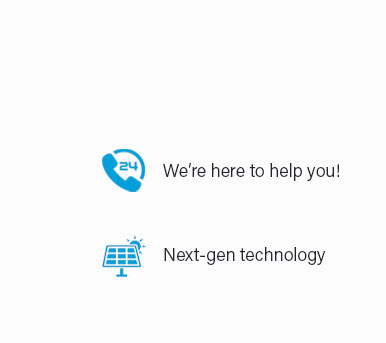 |
 |
 |
 |
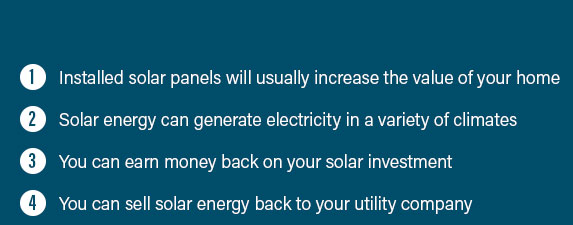 |
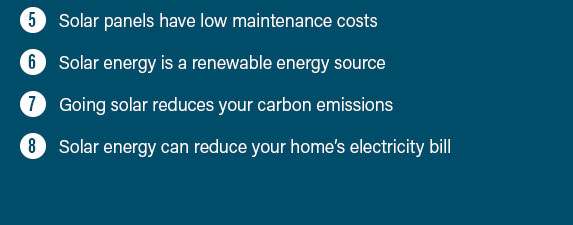 |
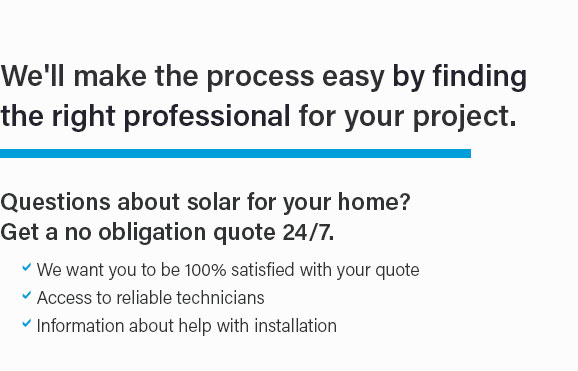 |
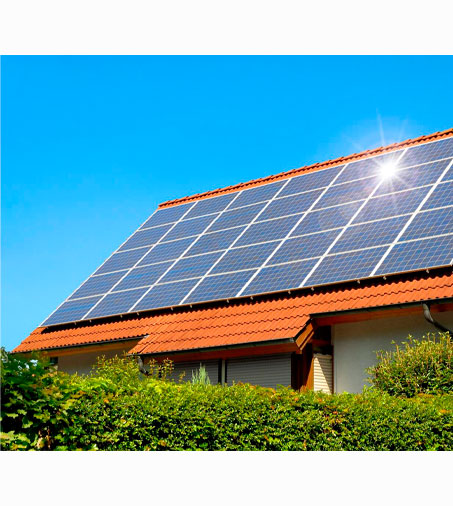 |
|
 |
 |
 |
Understanding the Intricacies of Minnesota Solar Panel InstallationIn recent years, the conversation surrounding renewable energy has intensified, with solar power standing out as a particularly attractive option. Minnesota, known for its cold winters and commitment to sustainable practices, has seen a growing interest in solar panel installations. This article aims to delve into the various aspects of solar panel installation in Minnesota, offering a balanced view to help potential adopters make informed decisions. One of the most compelling reasons for considering solar panels in Minnesota is the state's commitment to renewable energy initiatives. The Minnesota Solar Incentive Program, coupled with federal tax credits, makes the financial aspect of installing solar panels significantly more appealing. Homeowners can benefit from these financial incentives, which dramatically reduce the initial cost of installation. Moreover, utility companies in Minnesota often offer net metering, allowing homeowners to receive credits on their electricity bills for any excess energy generated by their panels. This not only helps to offset costs but can also create a small income stream for some households. However, while the financial benefits are enticing, there are also practical considerations to keep in mind. Minnesota's climate presents unique challenges for solar energy adoption. The state experiences long, harsh winters with heavy snowfall, which can obstruct solar panels and reduce their efficiency. Homeowners need to consider whether their roofs can support the additional weight of solar panels, especially with accumulated snow. Regular maintenance and snow removal become crucial to ensure that the panels function optimally throughout the year. Another important aspect is the environmental impact of solar panel installation. Solar energy is undeniably cleaner compared to fossil fuels, contributing to a reduction in carbon emissions. This aligns well with Minnesota's environmental goals, as the state continues to push towards a greener future. However, the production and disposal of solar panels do have environmental costs, including the mining of raw materials and the energy-intensive manufacturing process. Prospective solar panel owners should weigh these factors, considering the long-term environmental benefits against the short-term impacts.
In terms of installation, the process itself is relatively straightforward but requires careful planning. Homeowners must assess their property's solar potential, considering factors such as roof orientation, shading from trees or buildings, and roof condition. Hiring a reputable contractor is essential to ensure the installation is carried out safely and efficiently. Many companies in Minnesota offer comprehensive services, from initial assessment to post-installation support, making the transition to solar power as seamless as possible. In conclusion, the decision to install solar panels in Minnesota is multifaceted, involving financial, environmental, and practical considerations. While the state offers numerous incentives and the promise of cleaner energy, the challenges posed by its climate and the environmental costs of production cannot be overlooked. Prospective solar panel owners should conduct thorough research and consult with experts to fully understand both the benefits and the limitations of solar energy in their specific context. Ultimately, the choice to embrace solar power is a significant step towards sustainability, but it is one that requires careful deliberation and planning. https://www.dli.mn.gov/business/electrical-contractors/solar-installer-licensing-requirement
A new law effective July 1, 2023, requires companies that contract with residential homeowners to install solar photovoltaic (PV) systems on homes in Minnesota ... https://www.allenergysolar.com/company/service-areas/minnesota/
All Energy Solar is your trusted Minnesota solar panel installer with a team of experts ready to assess your home or business for solar energy. https://cedarcreekenergy.com/residential-solar-panels-energy-minnesota/
Choose Cedar Creek Energy for Your Residential Solar Panel System in MN. Cedar Creek Energy is your go-to Minnesota solar installer for residential home solar ...
|